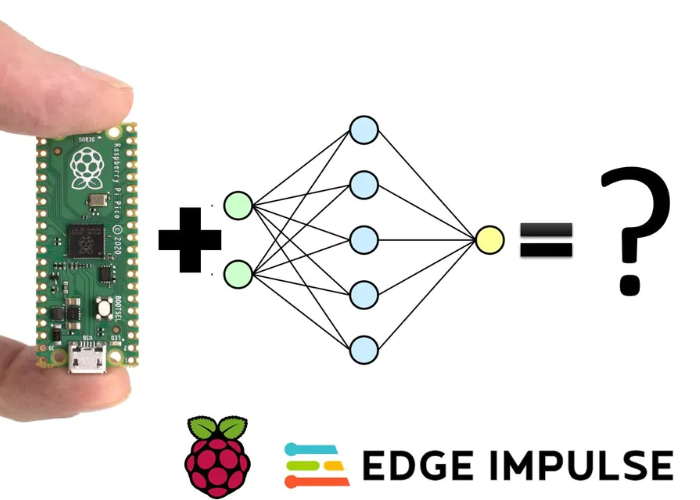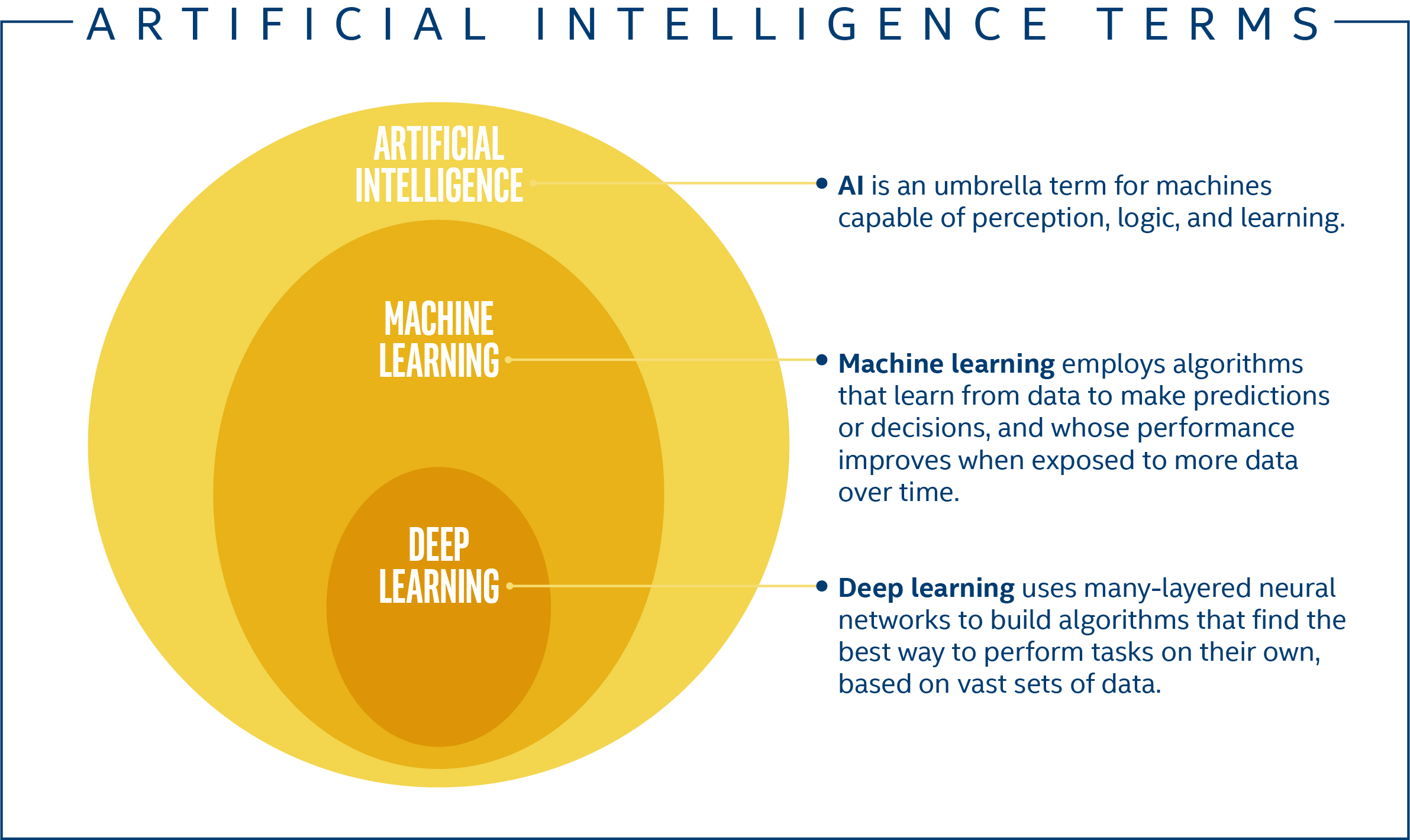
Deep learning is a way to teach concepts in a deeper and more meaningful way. This method is becoming increasingly popular, especially in STEM fields. It can also applied to K-12 education. This article will outline some characteristics of deeplearning. This article will assist educators in understanding how deep learning can benefit students and their future career paths.
Deep learning is an attribute of education
Deep learning promotes high level thinking and deeper understanding. This involves critical analysis by students and the linking of new ideas to concepts and principles they already know. It involves problem solving in unfamiliar settings. It seeks to instill a deep understanding that students can apply for their entire lives. Deep learners are collaborative, independent, and possess high levels of meta-cognitive abilities.
Deep learning is a multi-level approach to data processing. This allows it build complex, data-driven models with high performance that improve over time. It is also capable to learn from large quantities of data. Deep learning can detect fraudulent transactions using a clip of video. It can also analyze data collected from sensors and webcams. This technology is useful for government programs as well, including reducing fraud and speeding up legal procedures, and creating more efficient policies.

Deep learning is an aspect of machine learning. It employs multiple layers of neural networks in order to recognize complex patterns and learn from them. Deep learning systems are capable of identifying objects and understanding human speech. They analyze large amounts of data, then apply the results to new situations.
Characteristics of deep learning in STEM fields
Deep learning is a powerful tool that allows for large-scale data analyses. It is frequently used in the fields molecular and cell biology. This is where microscopic inspection of cultured cells is essential. Different cells exhibit distinct morphological features and distinctive gene expression patterns. Deep learning is used to enhance cell biology research because humans are unable visually to differentiate cells.
Deep learning is also useful in the field of drug discovery. It can assist in the classification of drugs based their molecular attributes. Atomwise is an algorithm that identifies drugs using specific criteria. Researchers can also study the 3-D structures of molecules, such as proteins and small molecules.
Deep learning can also be helpful in biomedical data analytics, which can help reduce the labor-intensive process for feature extraction. This can help to alleviate the huge challenges of biomedical big data. Deep learning can also help recognize natural language and speech.

Characteristics of deep learning in K-12
Deep learning is a teaching method that fosters high-level thinking skills. It encourages students to critically analyze data and create well-constructed points of view. It encourages students to be curious and develop critical thinking skills. It can be used at all levels and in all subject areas.
Deep learning in K-12 education can have a big impact on student performances. Deep learning can offer a powerful set problem-solving skills that will enable children to answer complicated questions about the world. Additionally, educators can use it to engage students in STEM subjects. Schools that participated in deep learning networks reported higher self-efficacy, collaboration skills and motivation for their students. These schools also scored higher on state-standardized exams.
While deep learning is not new to the field of education, it is still largely in its infancy. Teachers often feel uncomfortable helping fellow teachers learn. In addition, there is a widespread lack of willingness among teachers to mentor other teachers in learning.
FAQ
What can AI do for you?
AI has two main uses:
* Prediction – AI systems can make predictions about future events. AI can help a self-driving automobile identify traffic lights so it can stop at the red ones.
* Decision making-AI systems can make our decisions. Your phone can recognise faces and suggest friends to call.
What is the future of AI?
Artificial intelligence (AI), the future of artificial Intelligence (AI), is not about building smarter machines than we are, but rather creating systems that learn from our experiences and improve over time.
In other words, we need to build machines that learn how to learn.
This would involve the creation of algorithms that could be taught to each other by using examples.
Also, we should consider designing our own learning algorithms.
The most important thing here is ensuring they're flexible enough to adapt to any situation.
Who invented AI?
Alan Turing
Turing was created in 1912. His father was clergyman and his mom was a nurse. After being rejected by Cambridge University, he was a brilliant student of mathematics. However, he became depressed. He began playing chess, and won many tournaments. After World War II, he was employed at Bletchley Park in Britain, where he cracked German codes.
1954 was his death.
John McCarthy
McCarthy was born in 1928. Before joining MIT, he studied maths at Princeton University. There he developed the LISP programming language. He had already created the foundations for modern AI by 1957.
He died in 2011.
Statistics
- More than 70 percent of users claim they book trips on their phones, review travel tips, and research local landmarks and restaurants. (builtin.com)
- The company's AI team trained an image recognition model to 85 percent accuracy using billions of public Instagram photos tagged with hashtags. (builtin.com)
- Additionally, keeping in mind the current crisis, the AI is designed in a manner where it reduces the carbon footprint by 20-40%. (analyticsinsight.net)
- A 2021 Pew Research survey revealed that 37 percent of respondents who are more concerned than excited about AI had concerns including job loss, privacy, and AI's potential to “surpass human skills.” (builtin.com)
- By using BrainBox AI, commercial buildings can reduce total energy costs by 25% and improves occupant comfort by 60%. (analyticsinsight.net)
External Links
How To
How to get Alexa to talk while charging
Alexa is Amazon's virtual assistant. She can answer your questions, provide information and play music. It can even listen to you while you're sleeping -- all without your having to pick-up your phone.
Alexa allows you to ask any question. Simply say "Alexa", followed with a question. She will give you clear, easy-to-understand responses in real time. Plus, Alexa will learn over time and become smarter, so you can ask her new questions and get different answers every time.
You can also control other connected devices like lights, thermostats, locks, cameras, and more.
Alexa can also be used to control the temperature, turn off lights, adjust the temperature and order pizza.
Alexa can talk and charge while you are charging
-
Step 1. Turn on Alexa Device.
-
Open Alexa App. Tap Settings.
-
Tap Advanced settings.
-
Select Speech Recognition
-
Select Yes, always listen.
-
Select Yes to only wake word
-
Select Yes, and use a microphone.
-
Select No, do not use a mic.
-
Step 2. Set Up Your Voice Profile.
-
You can choose a name to represent your voice and then add a description.
-
Step 3. Step 3.
Speak "Alexa" and follow up with a command
You can use this example to show your appreciation: "Alexa! Good morning!"
Alexa will respond if she understands your question. Example: "Good morning John Smith!"
Alexa will not respond to your request if you don't understand it.
-
Step 4. Restart Alexa if Needed.
Make these changes and restart your device if necessary.
Notice: If you have changed the speech recognition language you will need to restart it again.